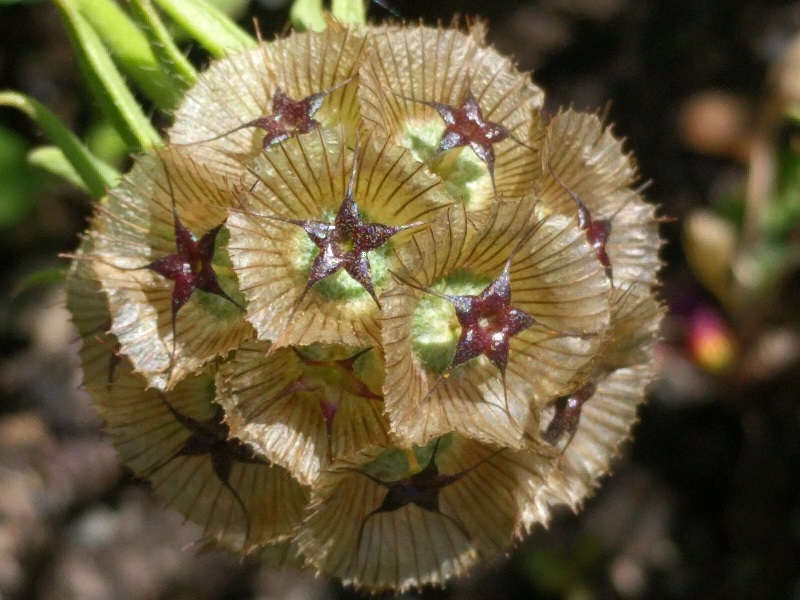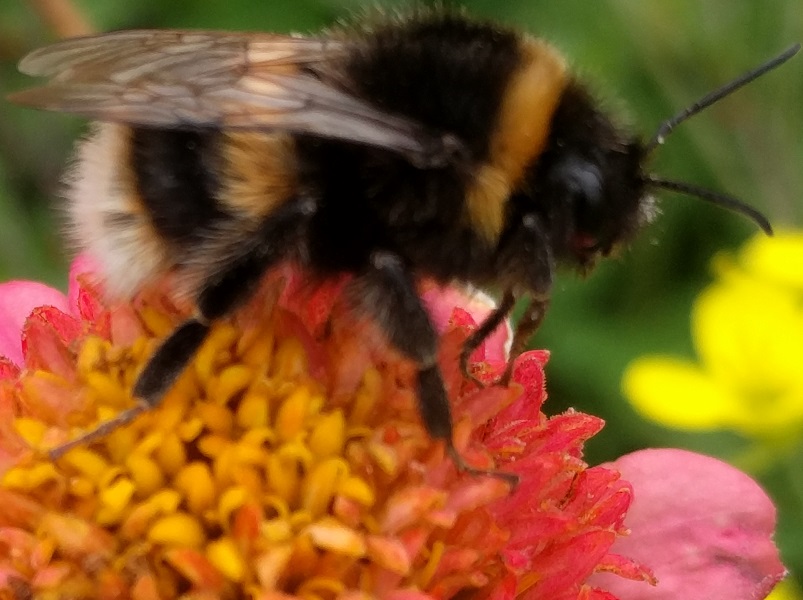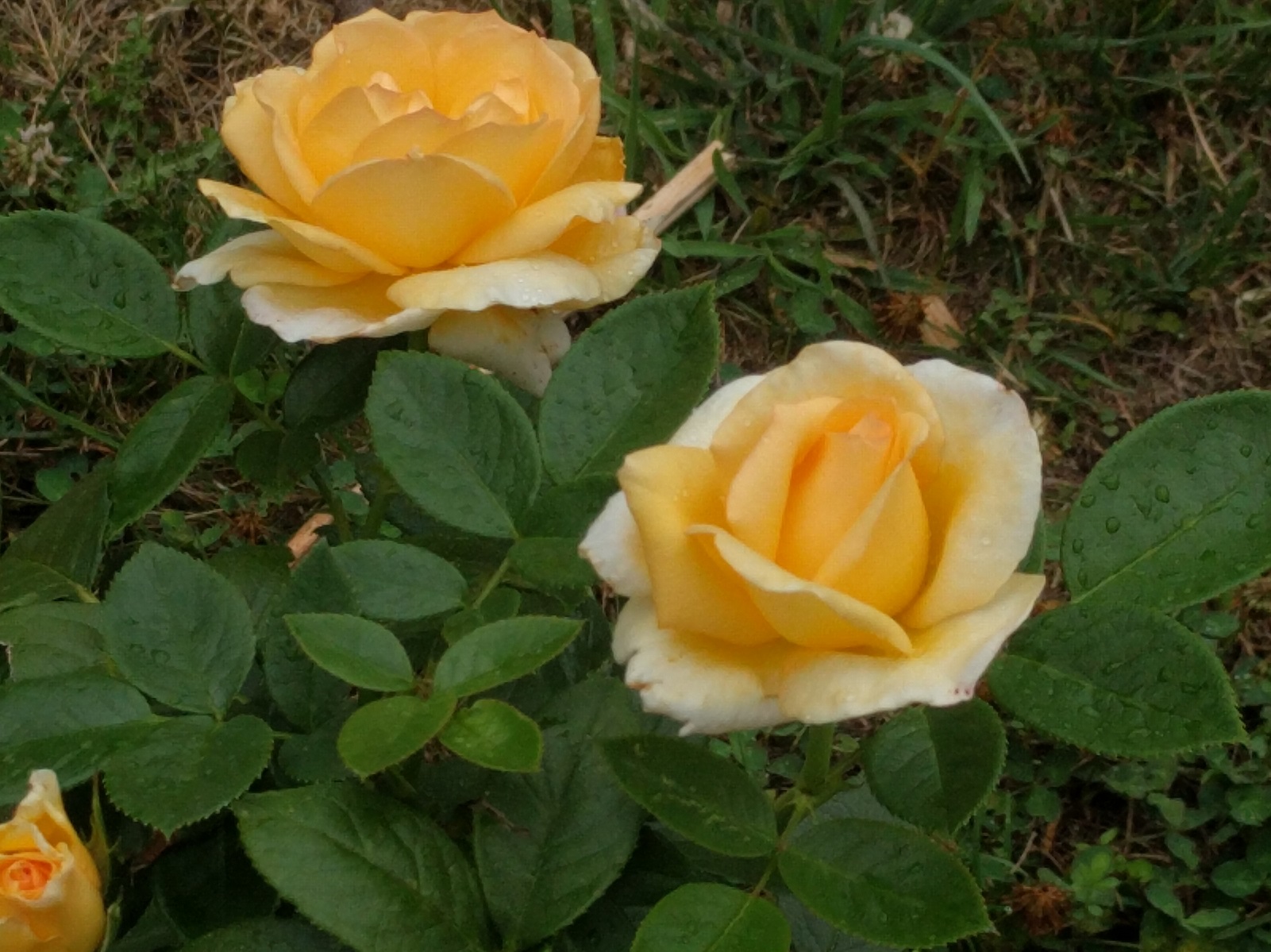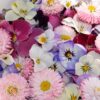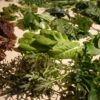
Weather and Climate
While March can still be hot, weather traditionally becomes a bit more variable as we enter our first month of autumn. Following on from a warm and dry February, weather forecasters are predicting an increase in humidity, moisture and rainfall for March - if these autumn rains do come, it would be much welcomed by parched gardens in drought stricken areas. While the air temperature and rainfall outlook for most of the country seems on par with what is generally expected through March, there are some possibilities for significant rain events, and a few areas could have higher than average temperatures.
What does all of this mean?
For me this means there should be adequate heat and sunlight to ripen the last of our summer crops, a promise of rain that would bring relief, but apparently not lift river or groundwater levels to a normal state so water-wise gardening should continue to be a priority. Stake and tie down plants that may be damaged from strong winds associated with tropical storms moving close to NZ over the early autumn period.
Harvest
It's a time of plenty in the garden - vegetables, herbs, flowers, seeds and fruit are all up for the taking, and if you can't use or give away all your garden produces, there's always preserving the bounty for winter stores!


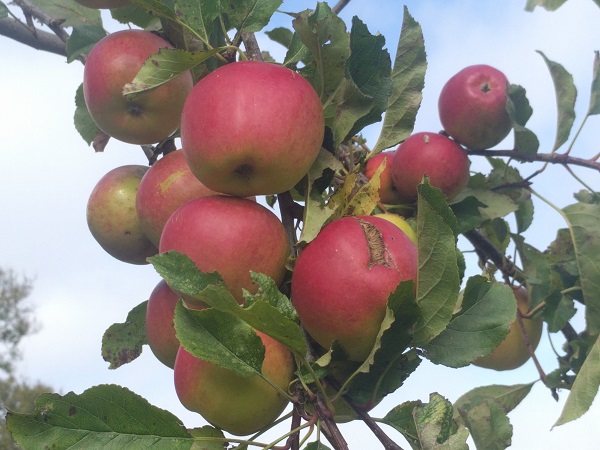
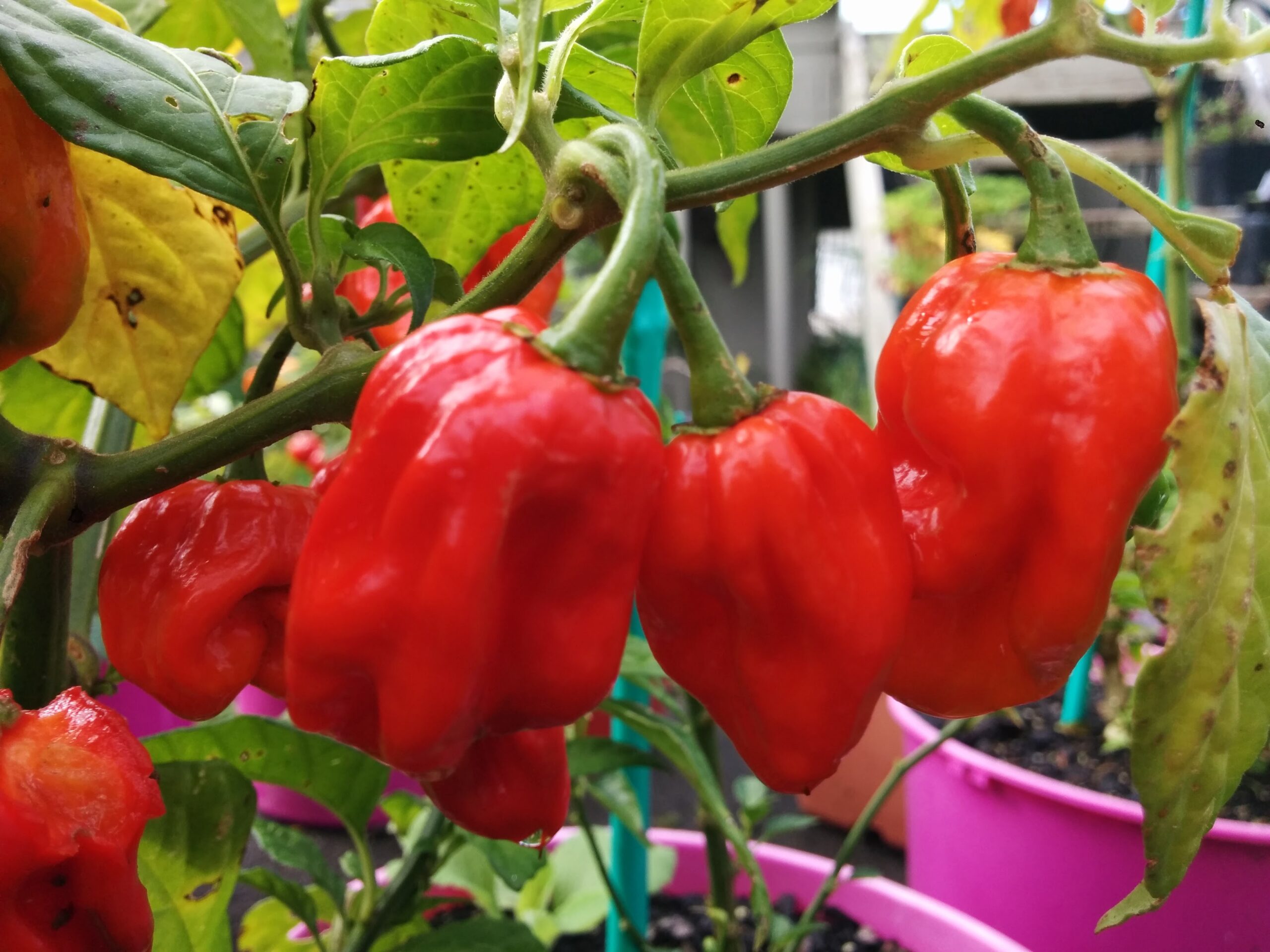

Vegetables like sweetcorn, tomatoes, cucumbers, beans and zucchini are still plentiful, and it is also time for other heat loving vegetables such as aubergine, tomatillo and chilli to come to maturity. Some pumpkins will be ready, and with carrots, spinach and beetroot you can make a delicious early autumn vegetable salad from the garden. Continue to pick lettuce, basil, coriander, parsley, silverbeet and chives. If your brassica plants have been protected from white butterfly you should have plenty of cabbage, broccoli, cauliflower and kale to harvest now too.
Fruit baskets overflow at this time of year with apples, pears, figs, feijoa and grapes ripening. Also berries such as blackberry, cape gooseberry, elderberry, mulberry, raspberry and strawberry. Other fruits to collect in March include guava, lemon, nectarine, olive, passionfruit, peach, plum, and quince.
Herbs that have set flowers are still feeding the bees, or making seeds, and can be left for a while longer. Harvest leaves of sage, thyme, oregano, rosemary and savory to dry, and make basil, coriander and rocket into pesto that can be frozen for a hint of summer freshness in winter-time. Seeds of caraway, celery, coriander, dill, fennel and lovage can be harvested and dried as spices. Calendula petals can be harvested and dried for teas and balms.
Wild foods that can be foraged for in autumn include blackberries, native NZ fuchsia (konini) beffires, hawthorn, cherry plums, rose hips and rowanberries.

Seed Saving
Remember to harvest seeds to save for your next lot of sowing and growing.
Seeds can be saved from most of your homegrown produce to grow again next year - tomatoes, beans, peas, pumpkins, capsicums and chillies as well as many herbs (e.g. parsley, sage, fennel, caraway, etc.), and flowers (cornflower, sunflower, calendula, honeywort, gaillardia etc.).
Remember that some plants naturally hybridize easily (cross pollination from cultivars in the same species) and if you grow plants from the saved seeds of such a cross, your resulting plant may not resemble either of the parents. This can be quite exciting, or really unwished for... For more seed saving tips see posts tagged as "Seed Saving".
In my garden this first weekend of March I've harvested seeds of amaranth, lettuce, coriander, fennel, dill, rocket, mustard, calendula, poppy, Shungiku, salad burnet, tomatoes and tomatillo.
March Gardening Tasks
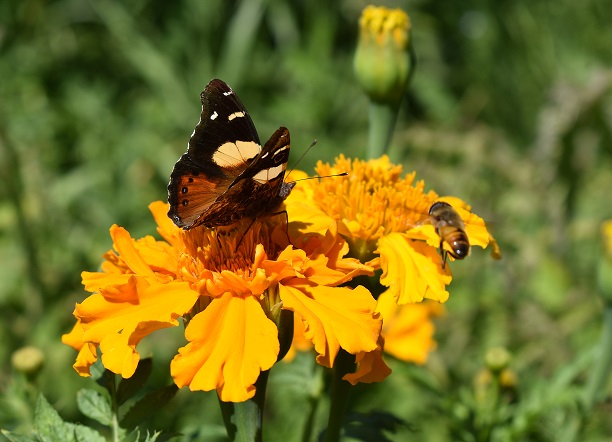
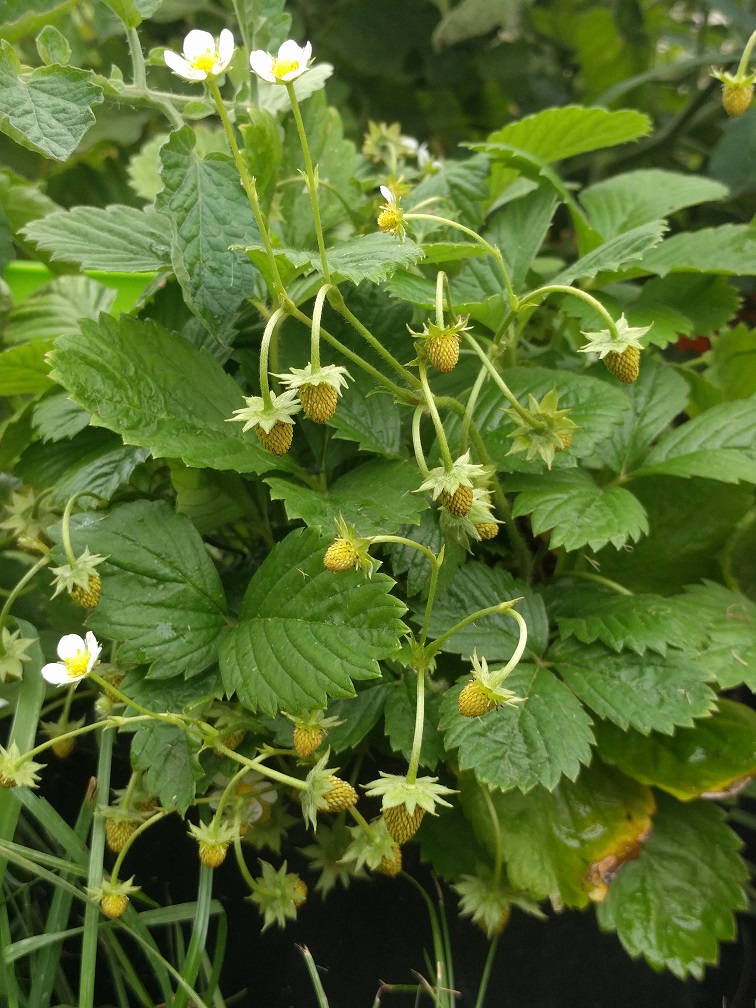

Berry patch
Cut back summer fruiting red raspberry canes to ground level after harvesting - leaving just one or two of the strongest new season canes and stake them.
Try your hand at propagating more raspberries, boysenberries and blackberries by taking autumn cuttings. Plant strawberries and blueberries. Grow alpine strawberries, there's a red and white cultivar available in New Zealand and they are just lovely!
Cut out dead or diseased wood from blueberries and neaten up the bushes after autumn fruiting.
Vegetable garden
Vegetables that can be sown now (remember to check your specific climate and micro climate) include:
> amaranth
> beetroot
> broccoli (incl. sprouting broccoli)
> broad beans
>cabbage,
> carrot,
> cauliflower,
> celery,
> collards,
> corn salad,
> endive (incl. radicchio),
> Florence fennel,
> kale (incl. cavolo nero),
> kohlrabi,
> leeks,
> lettuce (especially those that do well in colder temperatures),
> Brussels sprouts
> mustard (incl. mizuna),
> New Zealand spinach,
> onion (incl. spring onion),
> pak choi,
> parsnip,
> peas,
> radish,
> rocket,
> silverbeet,
> spinach,
> turnip
Hand pollinate pumpkins and squashes - if you find a lot of blossom drop, or undeveloped fruit yellowing and dropping from your cucurbits, you can increase fruit set by taking a soft-tipped (clean) paintbrush and softly brushing the center of a male flower and repeat in the center of a female flower.
Remove spent annuals and boost the empty patches of soil with compost and manure.
Practice vigilant pest control - with a bounty of produce comes a bounty of pests too - so keep checking and managing common garden pests such as white butterflies, aphids, green shield bugs, and powdery mildew. Try to use ecologically friendly pest management where you can - use companion plants, introduce natural predators, manually pick off and squish to control numbers, or use homemade natural sprays (apply at dusk when fewer bees can be affected).
Plant green manure in any garden beds where you won't be planting fall and winter vegetables this year.
Herb garden
Make hardwood cuttings of herbs including rosemary, sage, lavender, lemon verbena, box, hops, juniper, mint, pelargonium, winter savory; or try to propagate through layering some thyme, prostrate rosemary, tarragon, southernwood, and santolina. Allowing herb plants to self-sow is such an easy way to get new plants in the garden - this works for anise hyssop, angelica, calendula, chervil, German chamomile, caraway, chives, coriander and rocket among others.
Fruit orchard
Summer prune deciduous trees after fruiting, especially if you want to limit the tree size. Pruning in warm and dry summer also ensures less risk of bacterial and fungal infections.
Feed citrus trees, plant new citrus trees.
Plant feijoa.
Flower garden
Plant or sow seeds of flowers such as alyssum, sweet pea, pansy and violas, cleome, calendula, cosmos, phacelia, marigolds, chrysanthemum, dianthus, lavender, snapdragon, poppy, etc.
Spring bulbs are in stores now, so make space in your beds and get ready to plant some freezia, tulip, daffodil, hyacinth, anemone etc.
